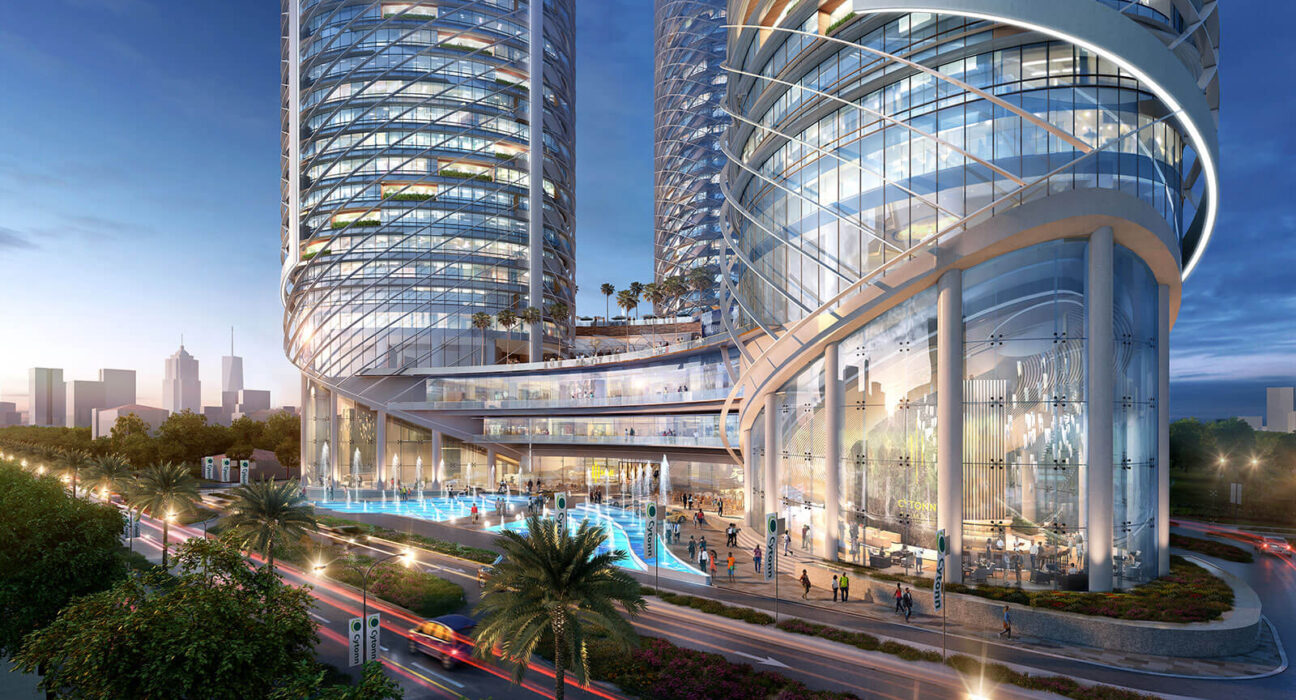The Nairobi Metropolitan Area (NMA) land market has shown resilience despite recent economic challenges, with a slower yet steady growth in land prices. According to the latest report by Cytonn Investments, land prices within the NMA recorded a Year-on-Year (YoY) price appreciation of 3.9% in FY 2023/24, down from the 4.5% growth recorded in FY 2022/23. This slowdown, however, does not detract from the sustained demand for land in the region, as the average selling price rose to Kshs 132.7 million.
The land sector within the NMA has been on a consistent upward trajectory over the years, with the report highlighting a 13-year average price appreciation Compound Annual Growth Rate (CAGR) of 8.2%. This long-term growth underscores the enduring attractiveness of land as an investment within the NMA, driven by factors such as urbanization, infrastructure development, and population growth.
Despite the slowed growth in FY 2023/24, the land sector’s performance is still robust compared to other investment avenues. For instance, while equities and bonds have faced volatility and uncertain returns, land in the NMA has continued to appreciate, making it a relatively safe investment option.
One of the key drivers of this sustained demand for land is the ongoing infrastructural development within the Nairobi Metropolitan Area. Projects such as the Nairobi Expressway, the expansion of key road networks, and the upcoming Nairobi Railway City have enhanced the attractiveness of land in areas around these developments. Investors are keen on capitalizing on future growth, betting on the increase in land values once these projects are completed.
Additionally, the real estate sector in Kenya has shown remarkable resilience in the face of macroeconomic challenges, including inflation and interest rate hikes. The demand for residential and commercial properties has remained strong, fueling the land market’s growth.
Looking forward, the report projects continued growth in land prices, albeit at a moderated pace. However, certain areas within the NMA are expected to outperform others. Suburbs such as Karen, Runda, and Westlands are likely to see higher appreciation rates due to their premium status and limited land supply.
In contrast, emerging areas like Kitengela, Athi River, and Ngong present opportunities for investors looking for more affordable options with potential for significant future gains. These regions have witnessed increased demand for housing and commercial spaces, driven by population growth and improved infrastructure.
The report also highlights the increasing interest in mixed-use developments, where land is being optimized for both residential and commercial purposes. This trend is likely to shape the future of land use in the NMA, as developers and investors seek to maximize returns on investment.
While the land market in Nairobi continues to offer attractive returns, investors are advised to approach with caution, considering the slowing growth rates. It is essential to conduct thorough due diligence, assessing factors such as location, infrastructure, and future development plans before making investment decisions.
As the real estate sector evolves, land in the Nairobi Metropolitan Area remains a valuable asset, providing investors with opportunities for long-term gains despite short-term market adjustments.





